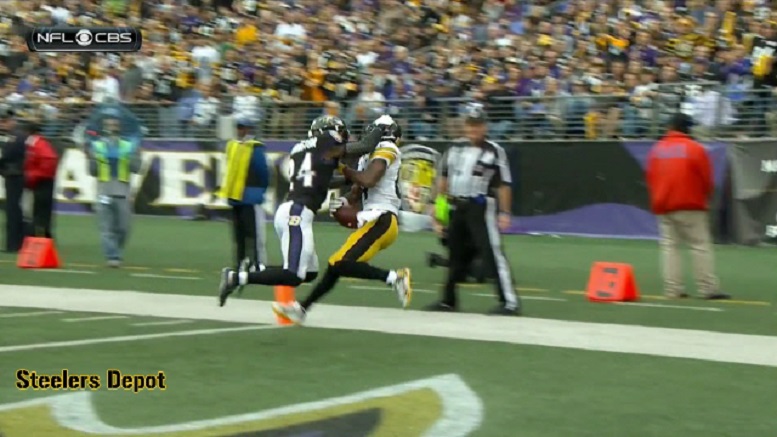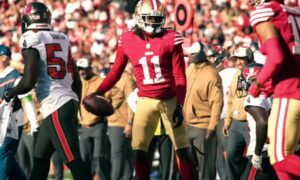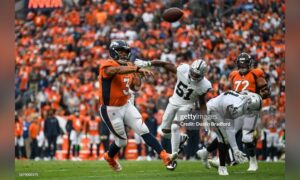Perhaps the most popular, or perhaps more accurate infamous, topic that comes up whenever the NFL rule book is brought up, and its annual alterations and amendments, is that which pertains to the ‘catch rule’, e.g. the rule and article that specifies, or does not specify, what entails a completed reception.
There has been no shortage of controversy every so often whenever a certain play is ruled an incompletion even though it might pass the ‘eye test’ of the casual observer. It may look obvious to somebody that a football was caught, but not if it doesn’t adhere to the letter of the rule as it is written.
That rule has been rewritten yet again, and Pro Football Talk’s Mike Florio believes that it was written with the intent of making it extremely difficult for calls as made on the field to be overturned upon review, and it should be noted that the review process now involves additional personnel beyond the on-field official.
The previous wording of the rule stated that a receiver must maintain control over the ball until he has clearly become a runner. That wording his changed subtly but importantly, and now reads, “until he has the ball long enough to clearly become a runner”. Rather than declare that a receiver must have become a runner to complete a reception, it now specifies that he merely be able to have become a runner, even if he does not.
The rule was also expanded to include the scenarios in which a player has maintained control of the ball long enough to clearly become a runner, those being, “after his second foot is on the ground, he is capable of avoiding or warding off impending contact of an opponent, tucking the ball away, turning upfield, or taking additional steps”.
This is again particularly notable working in pointing out that a catch is defined by what a player is able to do after having maintained possession of the ball, in distinction from whether or not he has actually done it. A player can record a reception without having tucked the ball away if he merely were able to have done so.
As mentioned, Florio believes that “the new language in the rule will make it even harder to overturn the ruling on the field of a catch” saying that “the question for each referee who goes under the hood…will now be this: is it indisputable that the player didn’t have the ball long enough to avoid or ward off impending contact, [etc.]?”
Florio argues that “the league’s shift toward the reliance on the strict terms of the replay standard” is by intention “to allow game officials to apply a know-it-when-you-see-it approach to the ruling on the field”, and he believes that this has already been apparent. I’m not quite sure whether or not I agree with Florio, but it will be interesting to watch how this rule unfolds during the course of the season to see if his position holds true to reality.






